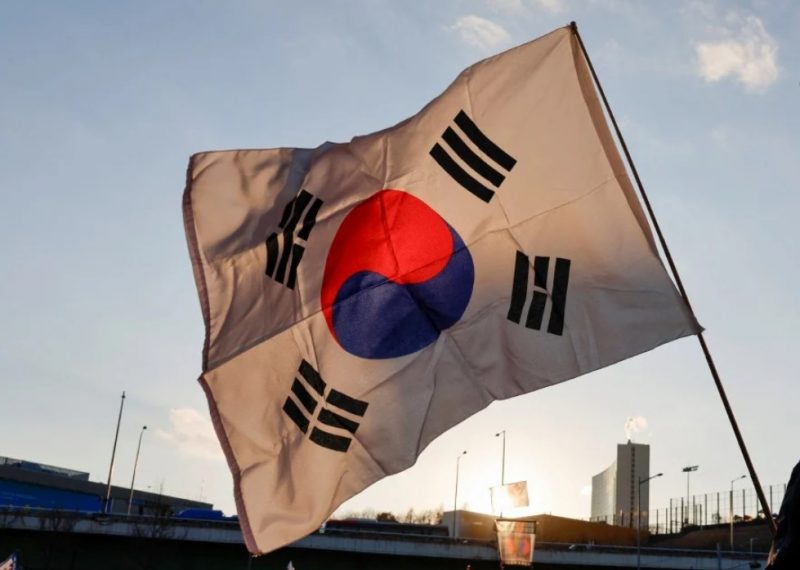
South Korean Steelmakers Struggle Under US Tariff Pressure
South Korean steelmakers continue to face mounting pressure in the US market as trade talks fail to ease heavy import tariffs. Hopes were high after South Korea secured reduced tariffs on other exports in July. However, President Lee Jae Myung’s meeting with former President Trump on August 25 did not deliver relief for the steel sector.
The US first imposed a 25% tariff on South Korean steel under Section 232 in March. In June, this increased to 50%, nullifying South Korea’s earlier quota-based exemption. As a result, Korean steel lost its competitive edge in one of its largest export markets. This opened the door for third-country suppliers and forced Korean mills into price wars. Many now operate at or below cost, just to retain market share.
Despite the challenges, recent trade data shows some resilience. South Korean steel exports to the US fell by 13.8% from April to June. However, July data from the International Trade Administration shows a 62.1% year-on-year surge. Year-to-date volumes rose slightly to 1.58 million tonnes, up 0.9%. Still, profit margins remain thin, especially for standard-grade materials.
South Korean Steelmakers Seek Alternatives as Domestic Demand Weakens
Facing tough conditions abroad and at home, South Korean steelmakers are urgently pivoting to survive. Domestic construction demand has slumped for 15 straight months. Government data reports a 12.7% year-on-year fall in output as of June. Meanwhile, local hot rolled coil prices remained flat for three months, while prices for beams and medium sections hit their lowest levels since April 2021.
Industry sources describe the current tariff situation as a severe blow. Many producers now focus on high-value specialist steel for the US market—often only when buyers agree to absorb part of the tariff costs. With limited global alternatives, Korean steelmakers are actively searching for new trade routes. However, widespread global trade uncertainty leaves few clear options.
In response to this environment, Hyundai Motor Group and Posco Group have announced a plan to build a new electric arc furnace mill in Louisiana. Scheduled to start operations by 2029, the facility will produce up to three million tonnes of automotive-grade steel annually. It will directly supply Hyundai’s US plants, helping to reduce exposure to future trade barriers. Additionally, South Korea has pledged $350 billion in US-based manufacturing investment, focusing on sectors like nuclear energy, shipbuilding, and clean tech.
SuperMetalPrice Commentary:
South Korean steelmakers are under immense pressure from both global tariffs and weakening domestic demand. The failure to secure steel-specific concessions from the US highlights the shifting nature of trade diplomacy under the Trump administration. However, South Korea’s long-term investments in the US could serve as a strategic foothold. By shifting production closer to end-use markets, Korean producers may not only bypass trade restrictions but also gain leverage in future negotiations. This pivot may mark the beginning of a deeper structural transformation in global steel trade.




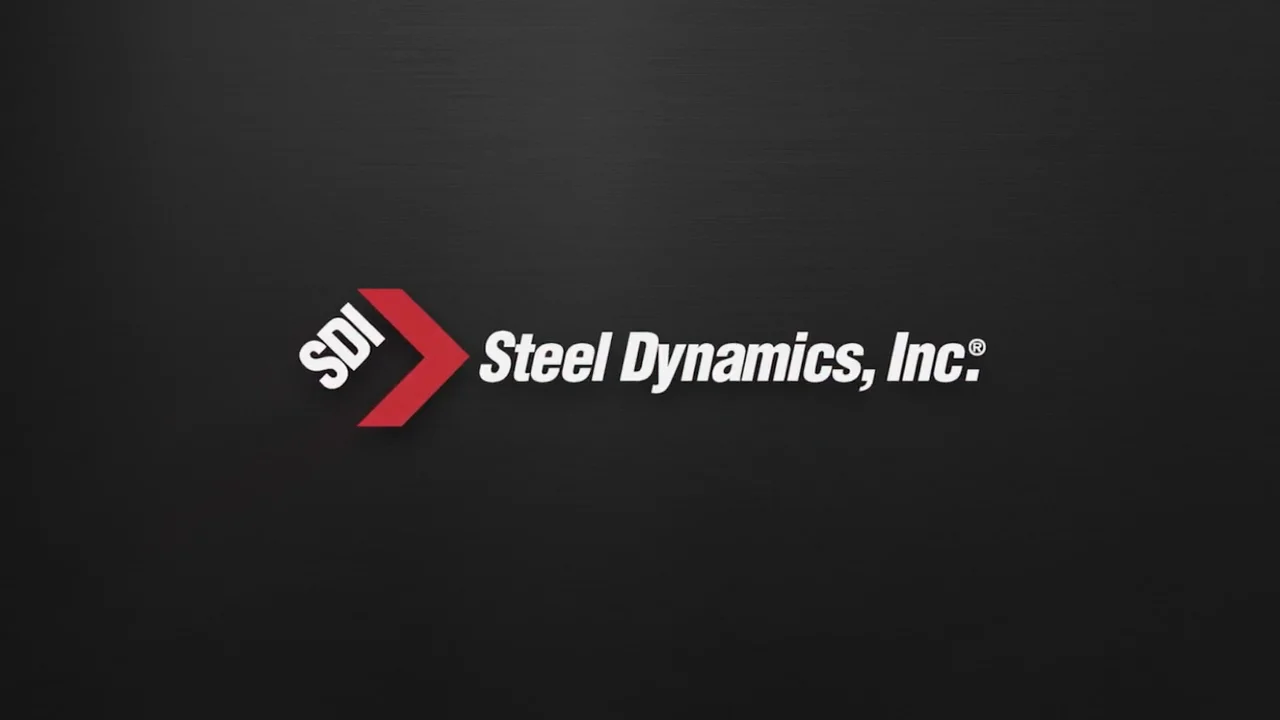


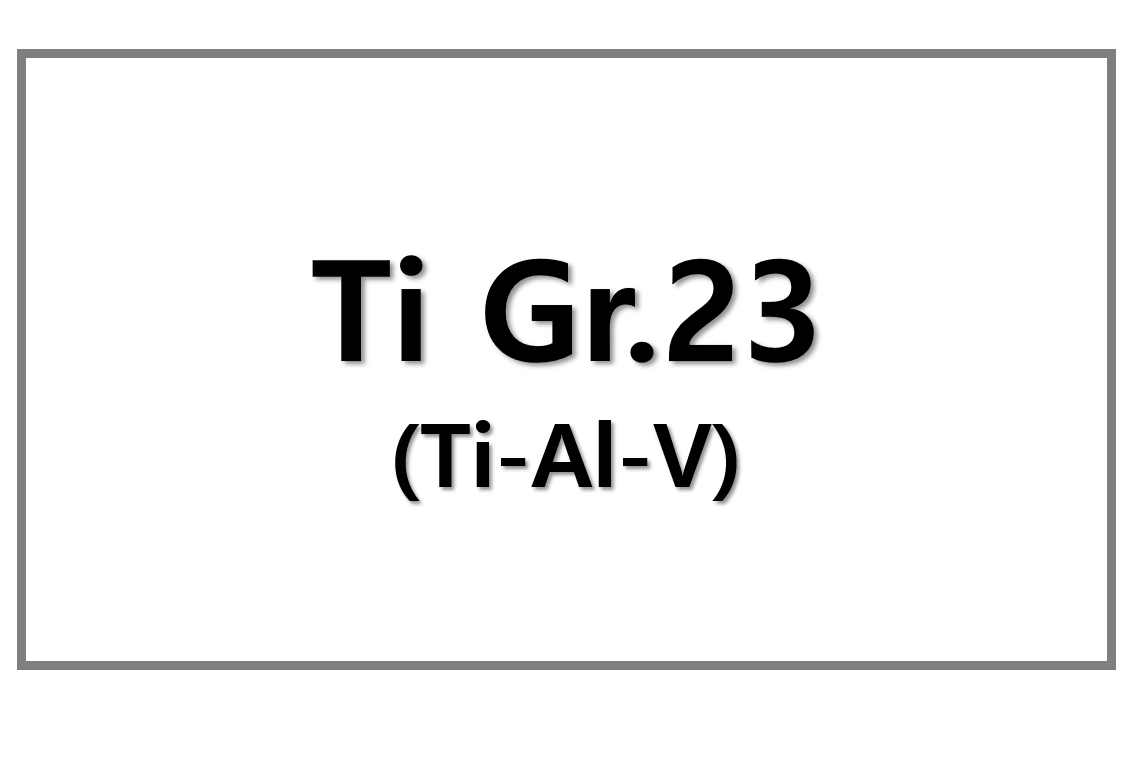
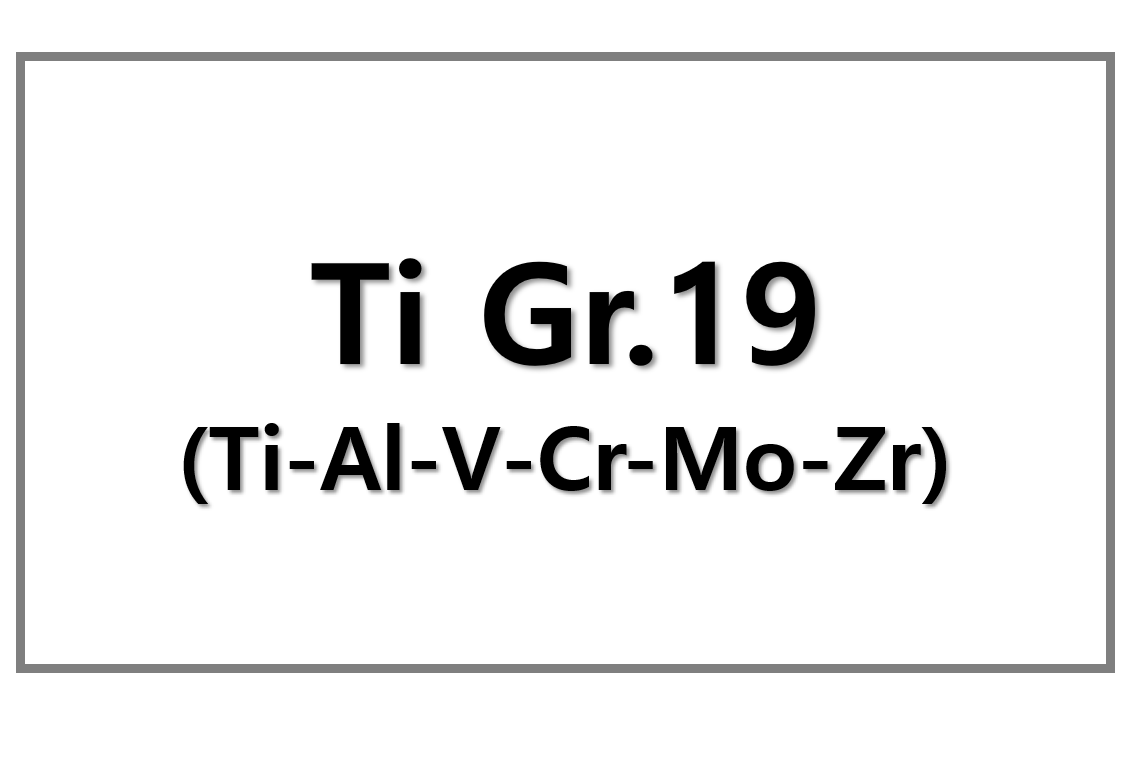
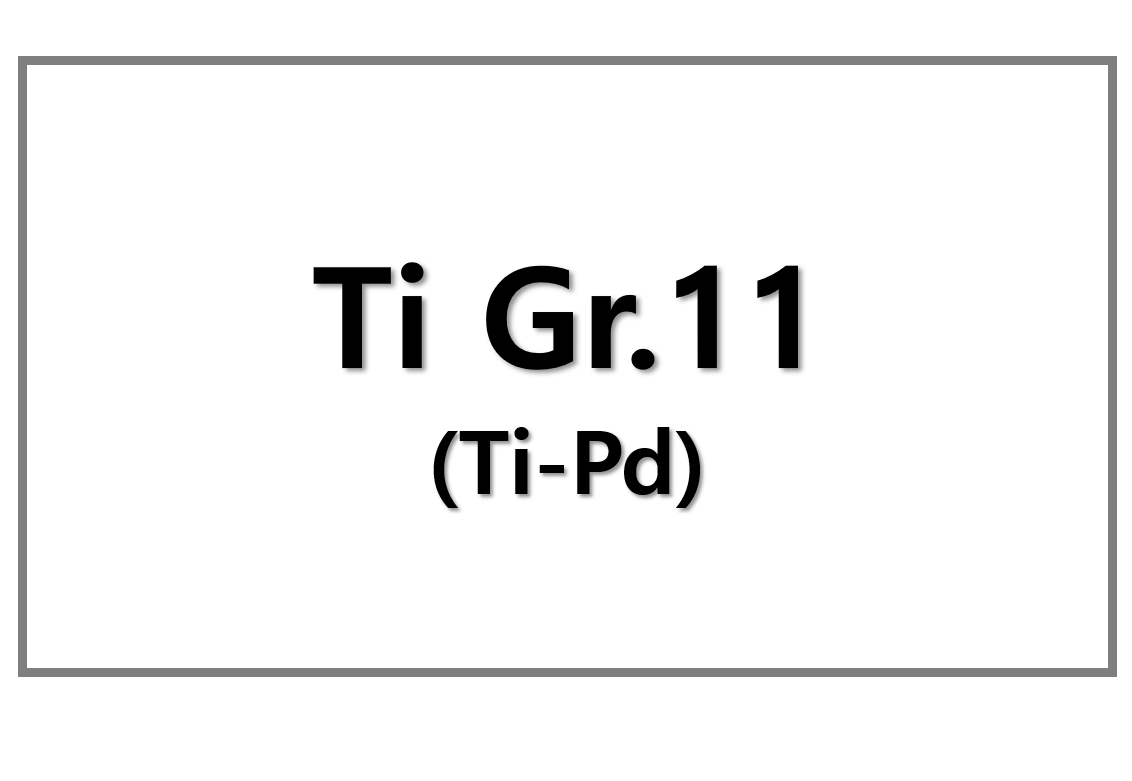
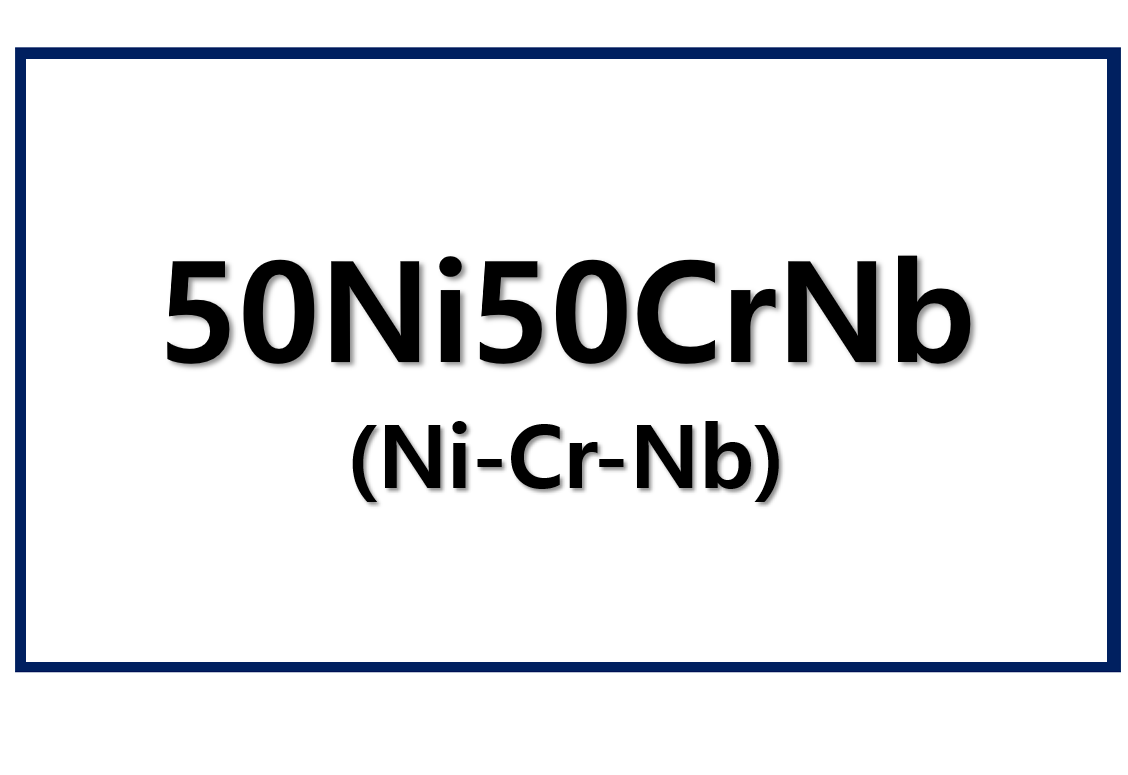
Leave a Reply
You must be logged in to post a comment.